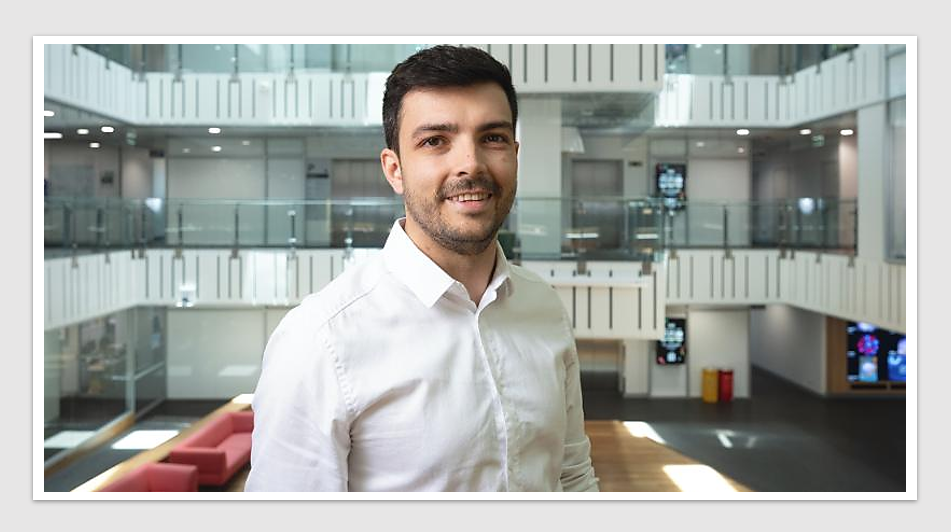News & Trends - MedTech & Diagnostics
Zimmer Biomet’s innovative treatment for young patients with scoliosis
Zimmer Biomet, a global leader in musculoskeletal healthcare, announced U.S. Food and Drug Administration (FDA) approval of a new device for the treatment of scoliosis, providing a fusion-less alternative for young patients requiring surgery. The Tether represents the first approval order for a humanitarian use device in spinal pediatrics within the last 15 years.
The current surgical treatment for scoliosis is an invasive operation involving large incisions, extensive soft tissue disruption and restriction of spinal motion with metal rods inserted along both sides of the spine to secure and align the vertebrae. Surgeons have tirelessly searched for alternative non-fusion surgical approaches to address scoliosis without limiting the skeletal development of these patients who are active and still growing.
Zimmer Biomet’s anterior vertebral body tethering (AVBT) solution, The Tether, uses a strong, flexible cord, rather than metal rods, to pull on the outside of a scoliosis curve to initially straighten the spine, while the inside of the curve is left free to grow. This growth modulation approach now offers select, well-indicated patients an option to achieve a straighter spine, without the limitations of spinal fusion. Additionally, unlike fusion metallic rods, The Tether is positioned utilising an endoscopic minimally invasive approach through a few small openings between the ribs.
“Often growth in children with scoliosis results in curve progression. With AVBT, that growth can be harnessed to gradually further correct the tethered portion of the spine,” notes Dr. Amer Samdani, board-certified neurosurgeon and Chief of Surgery for Shriners Hospitals for Children in Philadelphia. “The Tether provides clinicians who take care of children with spinal curves another option for treatment. When utilised in the appropriately selected patient, the results are dramatic with respect to curve control and maintenance of a mobile spine.”
As an emerging treatment for a select patient population, The Tether is available through the FDA’s humanitarian device exemption (HDE) pathway. This approval marks the culmination of more than five years of cooperation between the FDA and Zimmer Biomet to bring innovative pediatric solutions to market and represents the first approval order for a humanitarian use device in spinal pediatrics within the last 15 years. Considering the recent removal (per FDA final rule) of many semi-rigid stabilisation systems that were historically used for AVBT, this solution arrives at a critical time for continuation of care.
“The Tether embodies Zimmer Biomet’s mission to improve the quality of life for people around the world. This collaboration demonstrates how a focused, shared purpose can fundamentally change the way we approach treatment of diseases like scoliosis,” said Jim Cloar, President of Zimmer Biomet Spine. “Working together, clinicians, the FDA and Zimmer Biomet have given surgeons an important fusion-less scoliosis treatment option for their pediatric patients. This procedure gives kids the best option for maintaining spine mobility and reaching their full potential.”
Collaboration will continue as Zimmer Biomet and the FDA finalise a new clinical study for The Tether to optimally monitor patient outcomes. For the new study, Zimmer Biomet is excited to partner with the Harms Study Group, a worldwide cohort of surgeons with over 20 years of productivity who perform comprehensive, multi-center, prospective research studies focused on pediatric spinal deformity.
About The Tether – Vertebral Body Tethering System
The Tether is a non-fusion spinal device intended for use as a spinal tether. An anchor and bone screw are placed from a lateral approach into the spine on the convex side of a spinal deformity. A cord is secured to the bone screws with set screws to connect the levels of the construct, providing a lateral tension band to the spine that can arrest or correct the deformity. The Tether – Vertebral Body Tethering System is designed to treat skeletally immature patients who require surgical treatment to obtain and maintain correction of progressive idiopathic scoliosis, with a major Cobb angle of 30 to 65 degrees whose osseous structure is dimensionally adequate to accommodate screw fixation, as determined by radiographic imaging. To be selected for this treatment, patients should have failed bracing and/or be intolerant to brace wear.
You may also like Siemens to acquire Corindus in $1.1B deal
News & Trends - MedTech & Diagnostics

Stryker partners with local researchers to advance shoulder joint surgery
MedTech & Diagnostics News: Joint replacement is a commonly performed major surgical procedure that has considerable success in alleviating pain […]
MoreNews & Trends - Pharmaceuticals

Over two-thirds of Aussies missing healthcare appointments
Pharma News: Over 70% of Australians have postponed or cancelled healthcare appointments in the last 12 months. The primary reason […]
MoreNews & Trends - Pharmaceuticals

Opposition decries incremental change as New Zealand government defends Pharmac budget
Pharma News: New Zealand’s Associate Health Minister has made headlines by unveiling Pharmac’s largest ever budget of $6.294 billion over […]
MoreMedical

Telehealth’s 10-year leap in 10 days: Reshaping hospital EDs
Medical: As overcrowding and ramping continue to challenge emergency departments across Australia, the concept of virtual emergency departments (EDs) emerges […]
More